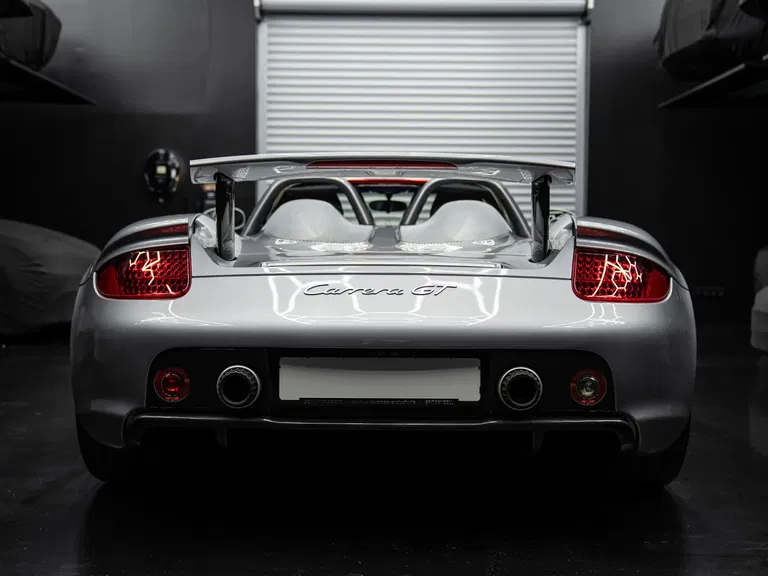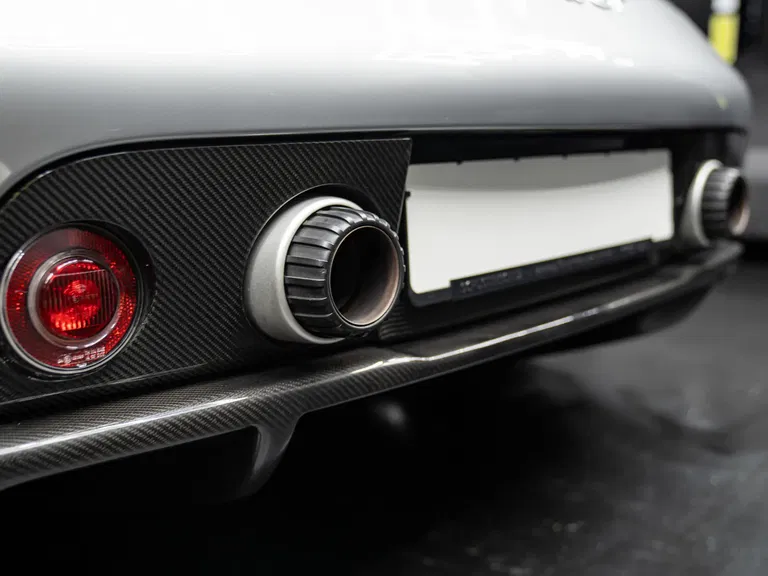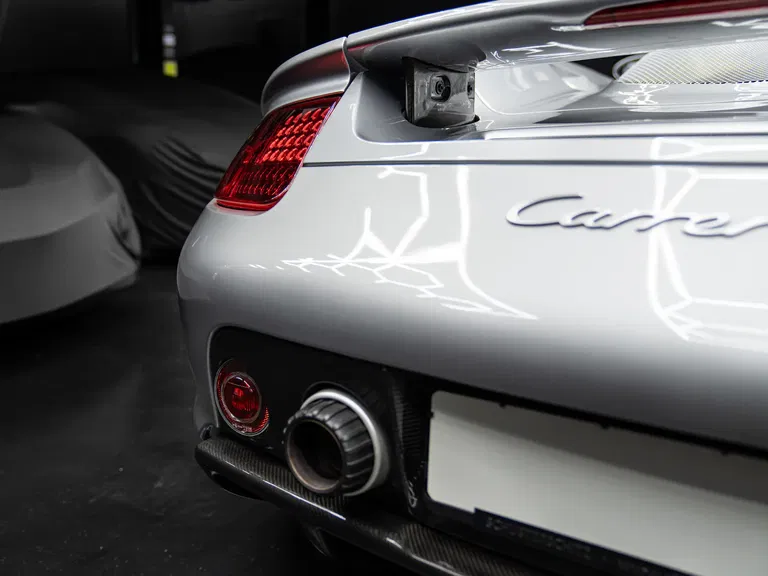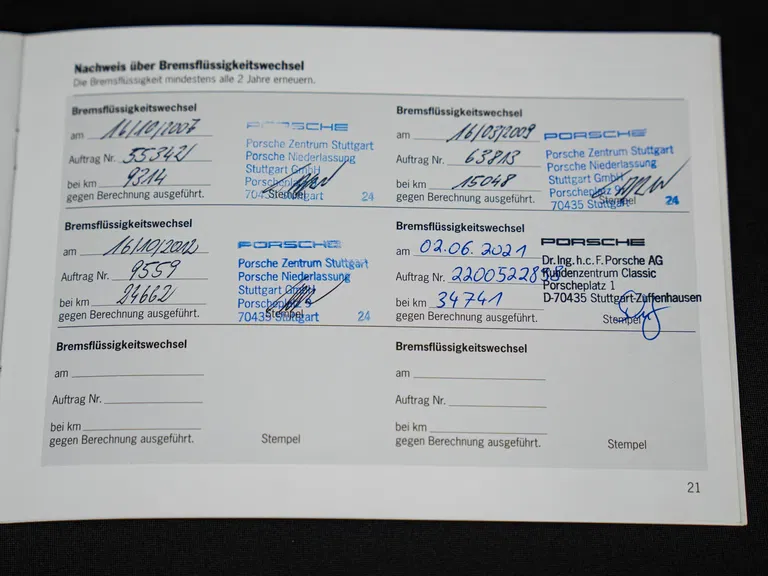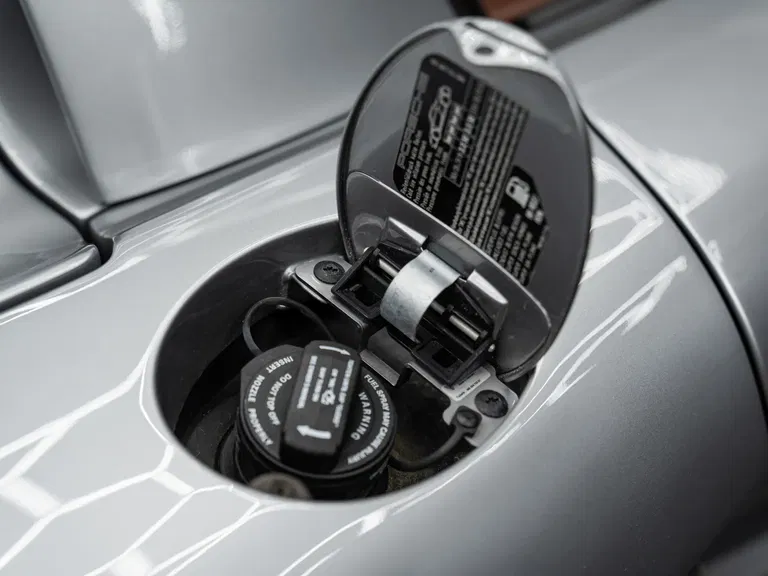The story of Porsche’s now-fabled Carrera GT starts five years before the first production model left the factory. Porsche sought to develop a new Le Mans prototype to replace the venerable GT1, which was powered by a 5.5-litre V-10 engine. However, a change in FIA rules forced the manufacturer to quickly shelve its racing plans while the model was in development. The German marque remained undeterred and continued forward with plans to make the platform suitable for road use. To attract attention to its stand at the Paris Motor Show in 2000, Porsche displayed a road-going concept alongside other production models. With the concept’s warm reception, combined with additional revenue from the Cayenne, the company decided to go ahead with production. The Carrera GT was first offered for sale in 2004, alongside rivals such as the Ferrari Enzo, Ford GT, and Mercedes-Benz SLR McLaren. It held its own—and more—in what proved to be an incredible year for supercars.
The materials that went into the construction of the Carrera GT were a cut above expectations. By utilising a carbon-fibre monocoque and sub-frame, as well as carbon-ceramic brakes, Porsche’s engineers pushed the envelope of what was mechanically possible in order to offer a car that was as light as it was strong. Porsche also designed a three-disc carbon-fibre racing clutch for the car, which measured around 20 centimetres in diameter and was about one-third the size of a normal clutch. Similar attention to detail was applied to nearly every facet of the car. The ultra-lightweight forged magnesium wheels had centre-locking bolts that were colour-coded for each side of the car, ensuring that wrong bolts were never replaced on the incorrect side of the car.
At the heart of the Carrera GT beats the impressive 5.7-litre V-10 engine, developed with race pedigree. Performance was incredible, producing 612 PS, with the Carrera GT able to rocket from 0–100 km/h in 3.57 seconds towards a maximum speed touching 330 km/h. The model’s six-speed manual transmission was topped by a signature wooden gear knob.
The example here was supplied through Porsche Leipzig of Germany in October 2005, built to 2006 model year specification and specified in GT Silver Metallic over an Ascot Brown hide interior; it was first road registered in May 2006. Though changing hands through a handful of private owners, the Carrera GT has been sparingly used; at the time of cataloguing, its odometer read only 35,698 kilometres. In May 2021, the car benefitted from four new tyres, a battery, paintwork rectification, replacement ignition coils and spark plugs, a starter motor, and a service at Porsche Stuttgart, during which time the clutch was also inspected. In April of the following year the radiators were replaced, with the total cost for all the work amounting to more than €27,000. The consigning owner acquired the Porsche in November 2022.
When production of this celebrated model ended, Porsche declared the Carrera GT the most successful supercar in history. This handsome Carrera GT would make a fitting addition to any collection of ultra-high-performance supercars.




